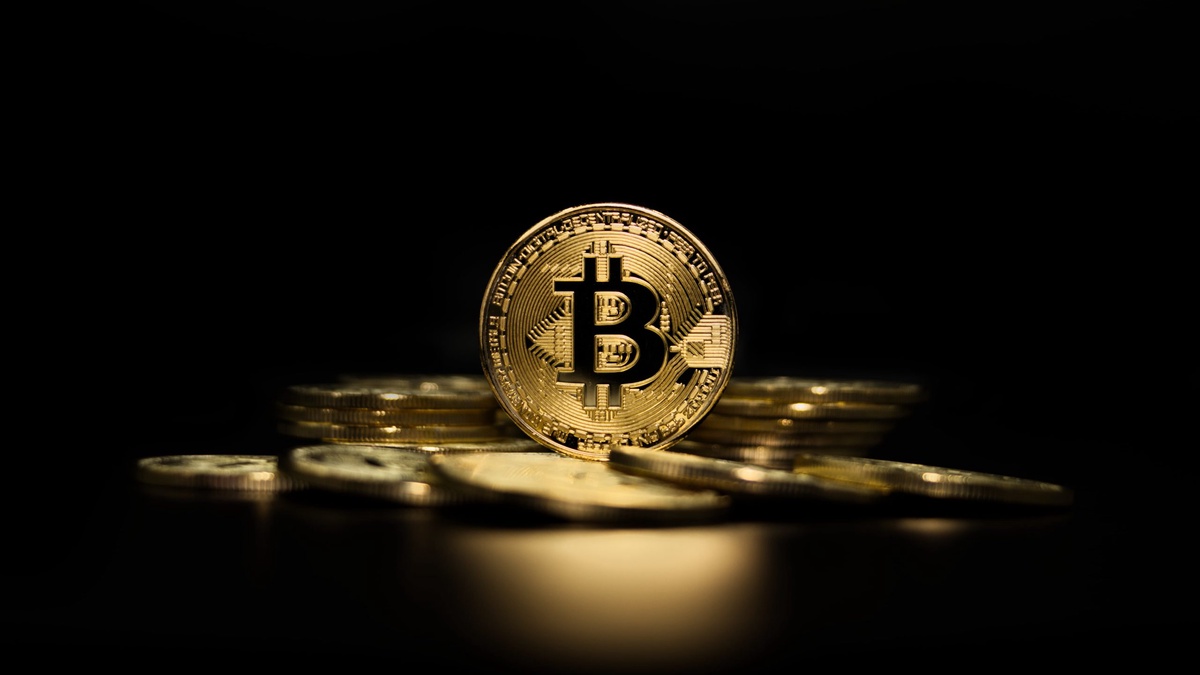In the fast-evolving landscape of decentralized finance (DeFi), token burning has emerged as a critical mechanism with profound implications for ecosystem growth and sustainability. Token burning refers to the permanent removal of a certain number of cryptocurrency tokens from circulation, reducing the total supply. This practice is gaining traction across various DeFi projects, and its impact on the ecosystem is profound. In this article, we delve into the intricacies of token burning and its contribution to the DeFi ecosystem in 2024.
Understanding Token Burning
Token burning is a deflationary mechanism employed by blockchain projects to manage token supply and increase scarcity. When tokens are burned, they are sent to an inaccessible wallet, effectively reducing the overall supply in circulation. This reduction in supply can lead to a decrease in the token's total circulating supply, potentially increasing its value over time.
Token burning can be implemented in various ways, including:
-
Transaction Fee Burning: A portion of transaction fees is collected and permanently removed from circulation, reducing the total supply of the token.
-
Buyback and Burn: Projects buy tokens from the market and burn them, effectively reducing the circulating supply.
-
Proof of Burn: Miners or users burn tokens as proof of their commitment to the network, earning the right to mine or validate transactions.
Benefits of Token Burning in DeFi
Token burning plays a crucial role in the DeFi ecosystem, offering several benefits:
-
Scarcity and Value Appreciation: By reducing the total supply of tokens, burning can increase scarcity, driving up the token's value over time. This can incentivize token holders to hold onto their tokens, contributing to a more stable and valuable ecosystem.
-
Economic Model Alignment: Token burning can align the interests of token holders and the project team. As the token's value increases, both parties benefit, creating a win-win scenario.
-
Supply Control: Token burning helps projects control their token supply, preventing inflation and ensuring a more stable ecosystem.
-
Community Engagement: Burning tokens can be a way to engage the community and incentivize participation. Projects can reward users for burning tokens, encouraging them to contribute to the ecosystem's growth.
-
Price Stability: By reducing the supply of tokens, burning can help stabilize the token's price, making it more attractive to investors and users.
Token Burning in 2024: Trends and Innovations
In 2024, token burning is expected to continue evolving, with projects exploring new ways to implement this mechanism. Some trends and innovations to watch out for include:
-
Smart Contract Automation: Projects are increasingly using smart contracts to automate token burning based on predefined conditions, such as transaction volume or token supply thresholds. This approach enhances transparency and reduces the need for manual intervention.
-
Cross-Chain Token Burning: With the rise of interoperability solutions, projects may explore cross-chain token burning, where tokens from one blockchain are burned to mint equivalent tokens on another blockchain. This can enhance liquidity and accessibility.
-
Community Governance: Projects may empower the community to decide on token burning initiatives through governance mechanisms. This can increase community engagement and decentralization.
-
Environmental Sustainability: As environmental concerns gain prominence, projects may explore token burning mechanisms that are more energy-efficient, such as proof-of-stake-based burning.
-
Integration with DeFi Protocols: Token burning may be integrated into various DeFi protocols, such as decentralized exchanges (DEXs) and lending platforms, to enhance liquidity and incentivize participation.
Conclusion
Token burning is a powerful tool that can significantly impact the DeFi ecosystem by increasing scarcity, aligning economic incentives, and fostering community engagement. In 2024, we expect to see continued innovation in token burning mechanisms, driving further growth and sustainability in the DeFi space. As projects explore new ways to implement token burning, investors and users alike stand to benefit from a more robust and valuable ecosystem.


No comments yet